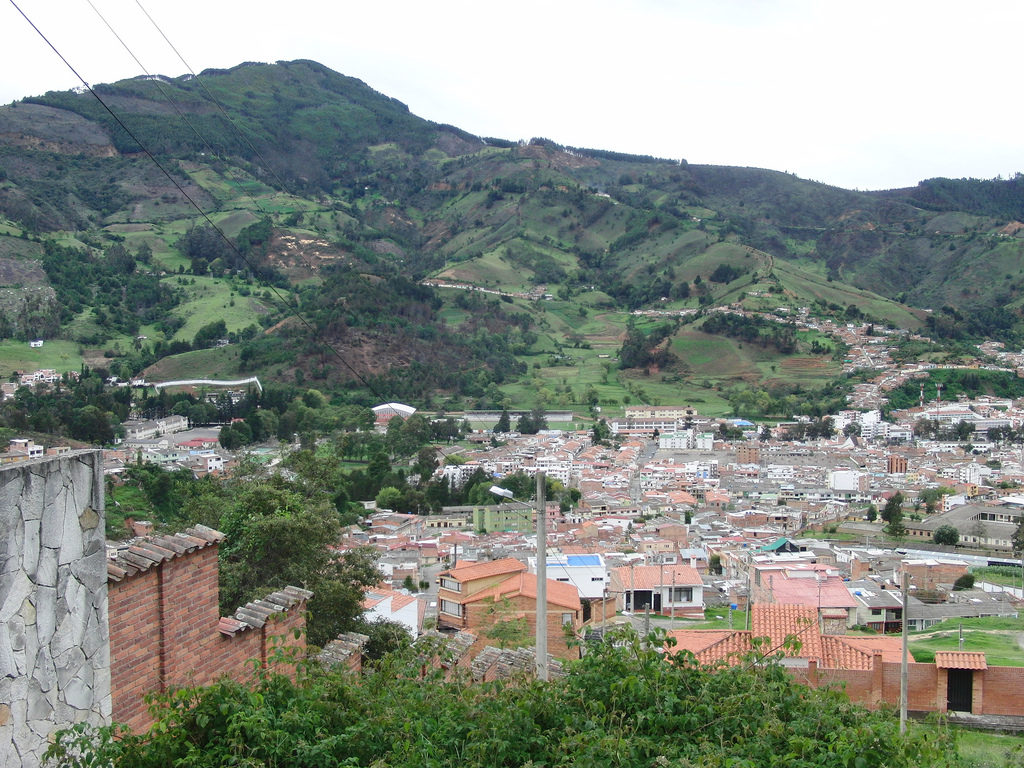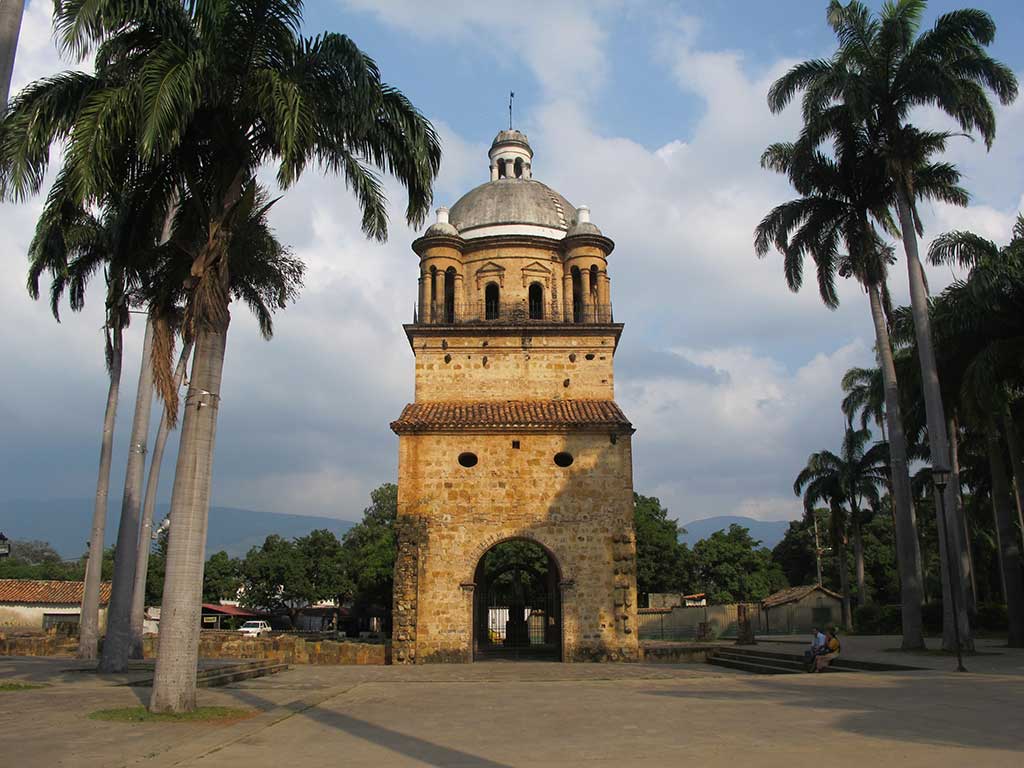This department in the northeast of Colombia borders Venezuela to the east and Santander to the south. The two main places of interest are Pamplona and Cúcuta, two very different cities. Pamplona is a charming and cool highland town that was important during the colonial era, though much of its colonial architecture has disappeared due to earthquakes and the march toward progress. To the north, the departmental capital of Cúcuta is a large, boiling hot commercial city and gateway to Venezuela. Both cities are easily accessed by road from Bucaramanga. The southernmost area of Norte de Santander and the northernmost area of Catatumbo have been plagued with guerrilla and paramilitary activity in recent years and are best avoided.

Vistas of Pamplona. Photo © Olga Berrios, licensed Creative Commons.
Midway between Bogotá and Caracas, the sizzling capital (pop. 637,000) of the Norte de Santander department straddles the border with Venezuela. Streets are lined with vendors selling cheap Venezuelan gasoline. A favorite and cheap beer served in restaurants and bars is Polar, straight from Venezuela. There is a constant stream of traffic crossing the border on the Puente Internacional in both directions. Venezuelans used to come to Cúcuta for shopping, but now it is the Colombians who are going east to load up on goods. Nonetheless, there is always a Venezuelan presence in Cúcuta, especially on weekends and holidays.
In recent years, the city has seen a large influx of persons fleeing violence in other parts of Norte de Santander and Arauca. During the 1990s, there was a bloody turf war between paramilitaries and leftist guerrillas. In 2008, in response to months of simmering tension, pop singer Juanes organized Paz sin Fronteras (Peace Without Borders), a concert on the border between Colombia and Venezuela, to the delight of nearly 300,000 fans. Today the city is considered a safe place to visit.
Many foreign travelers in Cúcuta are there either to cross over into Venezuela so that they can extend their visit in Colombia on their tourist visa, or they are on their way to Caracas. Despite its reputation as a hot, uninteresting city, Cúcuta is a pleasant place to explore for a couple of days.

Parque Gran Colombiano. Photo © Andrew Dier.
The downtown area of the City of Trees is quite walkable, with trees lining its broad streets. There are a handful of republican period churches and buildings worth a look. And at night, particularly on weekends, restaurants, cafés, and bars in the Caobos district are pleasant gathering places for Cucuteños of all ages.
The main tourist attraction is just outside of the city in Villa del Rosario, on the way toward Venezuela. That’s where Colombia’s Thomas Jefferson, General Francisco de Paula Santander was born, and also is where the first constitution for Gran Colombia was drafted. Simón Bolívar officially became the country’s president here.
Excerpted from the First Edition of Moon Colombia.